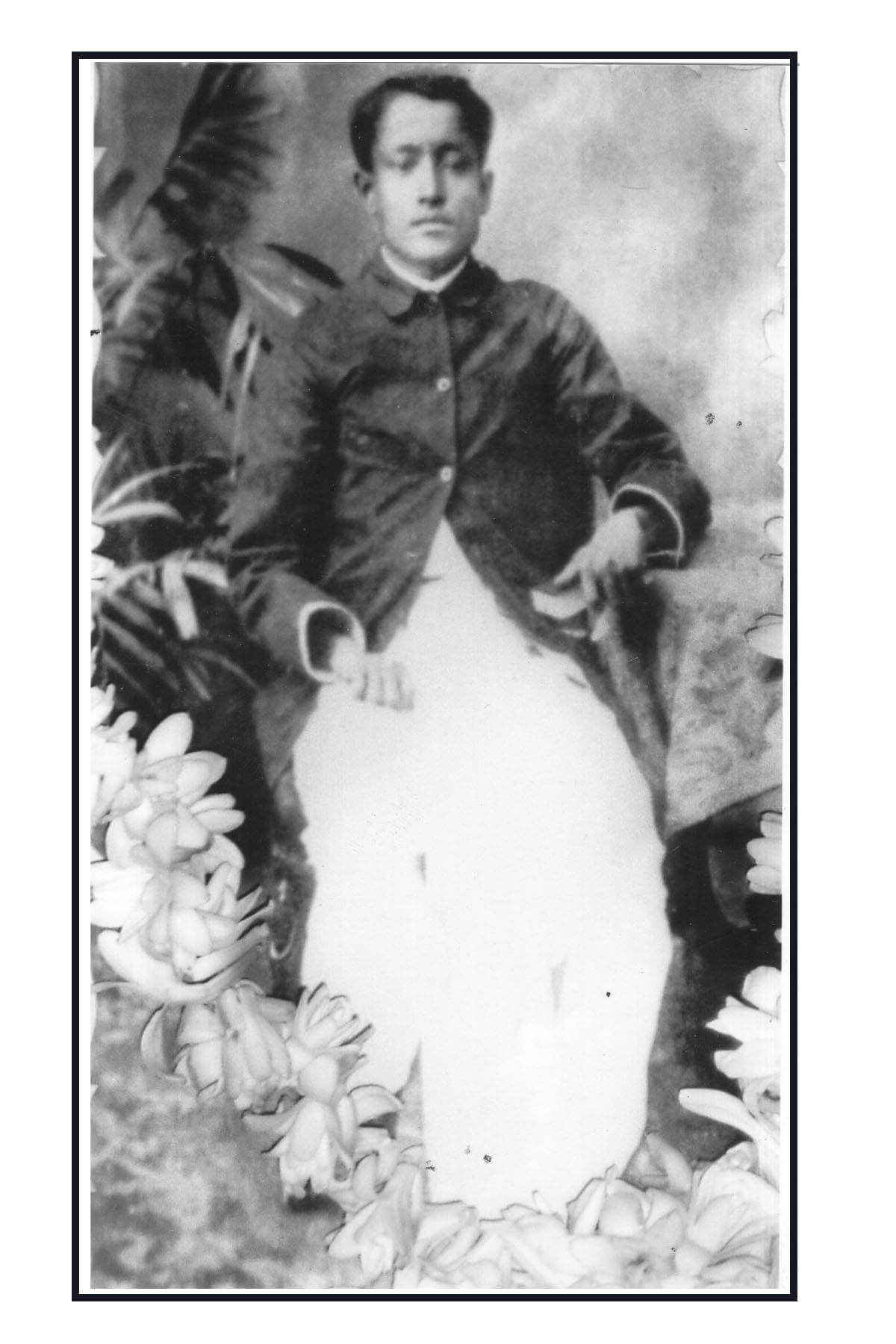Recently some changes have been made in English Braille. The new code has been named Unified English Braille, or UEB in short. The nomenclature is obviously significant. So far we have read different styles in Braille writing in British and American books. Now it seems that the two major English-speaking countries have united and agreed on this unified code. Meanwhile Royal National Institute for the Blind (RNIB) of UK and National Library Services (NLS) of USA have started printing books in UEB. Major software companies are incorporating UEB in their system.
The objective behind the change is to unify standard literary Braille and Computer Braille Code (CBC). (This is not a unification of American and British Braille.) Care has been taken to make sure that translation from print to Braille and back-translation from Braille to print yield the same output. Workers at Braille printing facilities and users of refreshable Braille displays often face problems caused by automatic conversion of print and Braille text.
Let us discuss some of these changes. Nine contractions have been eliminated. It is a shock to us because at least eight of these nine are very common. Just look at the list:
by, into, to, ble, com, dd, ation, ally, o’clock
So from now on we shall need more space to write common words. It is impossible to contract the word possible or its antonym. Address becomes longer.
Space-saving principle has been compromised in most cases. So far in Grade II English, we saved space between the words and, for, of, the, with and a. Now you have to leave the standard space between any two of these words, the standard print style.
Some old symbols have been changed. Paucity of space has been ignored again. We have a bigger dollar (dots 4-234) in place of the old one (dots 256). We have new symbols for percent (46-356), asterisk (5-35), degree (56-356) and so on. The new code has given us two versions of dash, shorter (6-36) and longer (6-6-36). We have also got separate opening and closing marks for parentheses (5-126 … 5-345), square brackets (46-126 … 46-345), and curly brackets or braces (456-126 … 456-345).
The last three marks clearly indicate that the developers of this new code also use computer. We have got new symbols for paragraph, section and transcriber’s note. The last one requires three Braille cells for both opening and closing (4-46-126 … 4-46-345).
A special feature of this new code is the abolition of a separate Computer Braille Code. Users of UEB can use the same period sign (256) for a dot in a web address. It will be used for ellipses also instead of three dot 3. This is not the end. The same dot 256 will mean a decimal point.
The literary at sign (4-1) will be common for both literary and computer code. Opening and closing signs for Computer Braille Code will no longer be required. And above all, UEB users can use contraction in web and email addresses.
A major change has come in capitalisation. A single dot 6 means the capitalisation of a single letter. A double dot 6 means that the next word or sequence of letters is in capitals. This far it conforms to the current usage. But the new triple dot 6 symbol means that the following three or more words are capitalised. Or, to be more precise, triple dot 6 marks the beginning of a passage in capital letters. So it has a terminator in the form of dots 6-3.
We have got some new symbols which we have to use frequently since we started using computer. Among these symbols are backslash (456-16), bullet (456-256), underscore (46-36) etc. There are modified symbols for plus (5-235), minus (5-36), multiplication (5-236), division (5-34), equals (5-2356) and so on.
Some contractions which were prohibited are encouraged in UEB. Now you can use the contractions of ed in reduce and en in renew. But you are still advised against using the contraction of name in enamel or mother in chemotherapy.
The letter sign (dot 56) has been renamed as grade 1 symbol. The usage is the same as the capital symbol. A single dot 56 indicates a grade 1 letter, a double dot 56 indicates a grade 1 word or string of letters, and a triple dot 56 marks the beginning of a grade 1 passage. A grade 1 passage is to be closed by a dot 56-3 symbol.
A welcome change has come with the introduction of separate marking for italics, bold and underline. So far we have used the same dot 46 symbol for all three without ever knowing which one we are reading. The same principle of single letter, word and passage marking has been adopted. For italics, the marks for letter, word and opening and closing of italicised passage are 46-23, 46-2, and 46-2356 … 46-3.
For bold letter, word and opening and closing of bold passage, we have got dot 45-23, 45-2, and 45-2356 … 45-3.
For underlined letter, word and passage, we have dot 456-23, 456-2, and 456-2356 … 456-3.
There are many more new symbols and changes. Discussing them on a web page may not be of much help. Interested readers may read the article “Making the Transition from English Braille to UEB” by Jamie Pauls for more information. The best way to understand UEB is to read the UEB reader of Braille Authority of North America.
Before finishing this article, I would like to point out that the new UEB has given up the space-saving principle. But at the same time we are going to need more time for reading and writing Braille. My mother tongue is Bengali which has no contraction. Bengali reading and writing seems slow to me. Contractions make reading and writing faster. We write Braille manually less and less after the introduction of computer. But there are many Braille readers like me who will miss many short forms.
However, we have to accept the truth. We have to work within the limitation of 63 figures arrived at using sic dots in Braille system. Changes in capitalization, marking bold, italics and underline are welcome. The abolition of contractions for ation (6-1345) and ally (6-13456) will enable us to concatenate words. But we could have retained the contractions for by, to and into, and omission of space between and, for, of , the, with and a.
Amiyo Biswas










